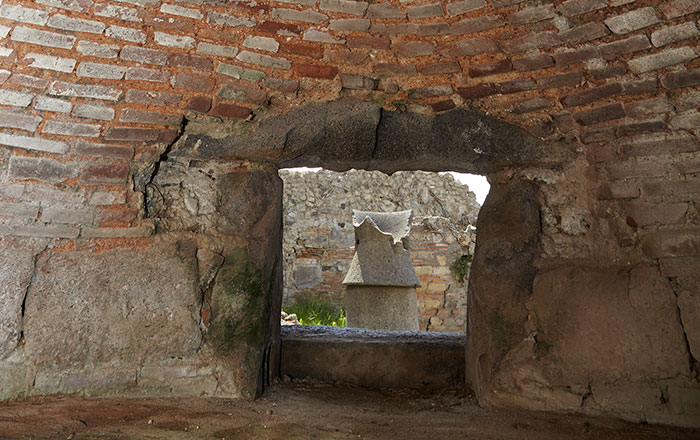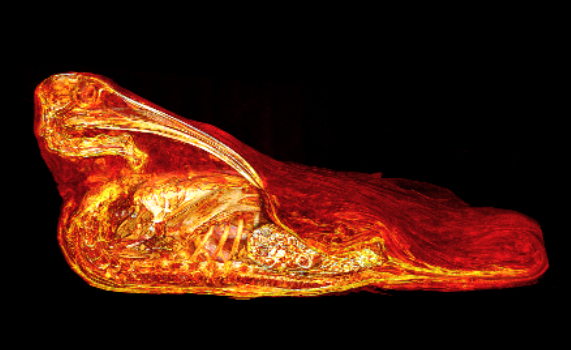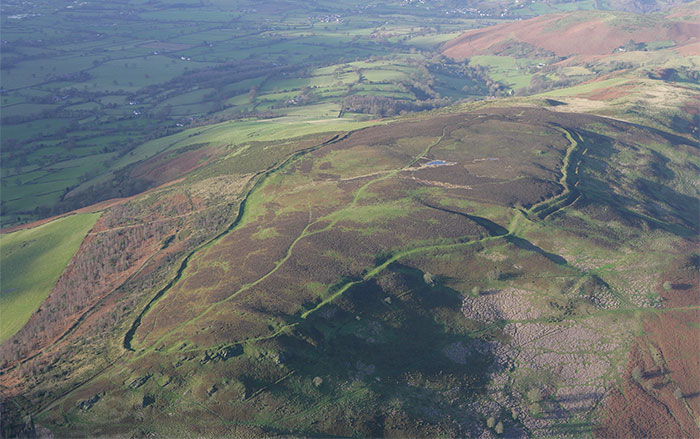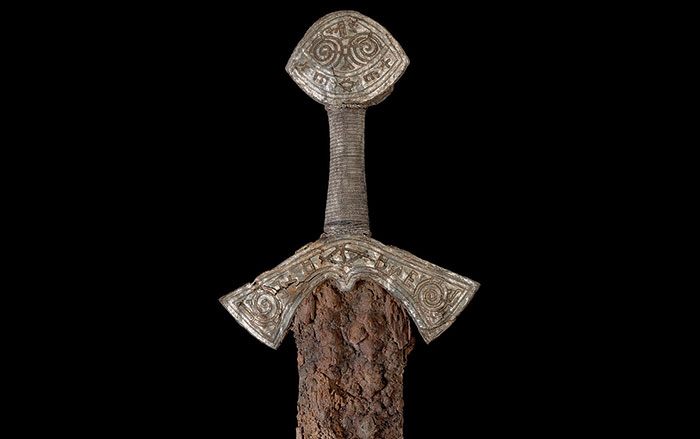
TRONDHEIM, NORWAY—New software has been developed by PRESIOUS, a project funded by the European Union, to help archaeologists work economically and efficiently. “We set out to address some of the challenges that archaeologists face in their everyday work,” project coordinator Theoharis Theoharis of the Norwegian University of Science and Technology said in a press release from the European Commission Community Research and Development Information Service. The first tool simulates how a stone object will erode under certain conditions. The second allows archaeologists to find possible fits for fragmented objects. The third uses symmetry to predict how artifacts with missing pieces might have looked. “But in order to develop these technologies, we had to address a key bottleneck—the expense and labor-intensive nature of digitization,” Theoharis said. “We found that it took a trained operator two and a half hours to scan just one fragment. So the fourth thing we did was speed up the digitization process with our industrial partner.” The tools will be made available without cost to archaeologists this month. To read more about the role of technological tools in archaeology, go to "Peeping through the Leaves."











